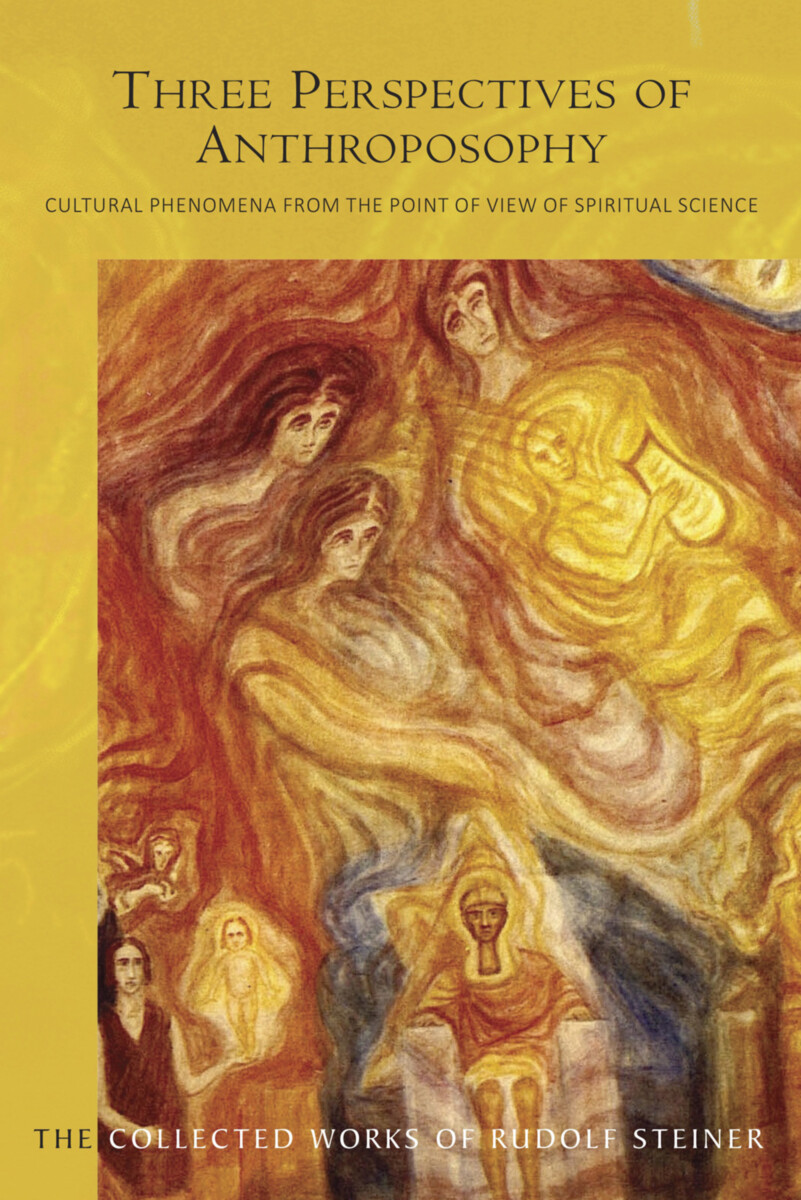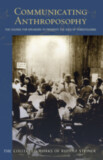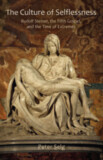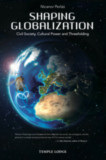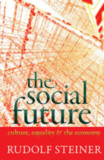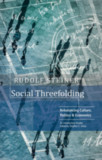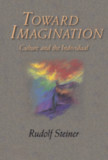Three Perspectives of Anthroposophy
Cultural Phenomena from the Point of View of Spiritual Science (CW 225)
- Publisher
Rudolf Steiner Press - Published
15th July 2021 - ISBN 9781855845879
- Language English
- Pages 224 pp.
- Size 6" x 9"
12 lectures, Dornach, May 5 – Sept. 23, 1923 (CW 225)
What is truly real? Rudolf Steiner illumines everyday reality through spiritual knowledge, repeatedly urging us to bring Anthroposophy into daily human existence. We might consciously experience the difference between consuming a potato as compared to cereals such as rye, for example, or perhaps grasp ordinary phenomena, such as sleepwalking, through an understanding of the threefold human being. Likewise, we might strive to comprehend how our head is the transformed organism of our previous life on Earth. Throughout these important lectures, Rudolf Steiner emphasizes the fact that we can achieve spirituality on Earth if we make anthroposophy real.
These twelve lectures were delivered during the ominous year of 1923 in the context of increasing attacks from Steiner’s opponents. His architectural masterpiece, the first Goetheanum, had been destroyed by fire, and he had yet to reestablish the Anthroposophical Society at the Christmas Conference at the end of the year.
It is in such uncertain times that Rudolf Steiner discusses the decline of European culture and the development of materialism as a philosophy, leaving Anthroposophy without an exoteric foundation on which to build. Here, Steiner strikes a positive note and an exciting and constructive path forward, providing us with the tools to see the world through three key perspectives of Anthroposophy: the physical, the soul, and the spiritual dimensions of reality.
This previously unpublished volume includes an introduction, notes and index.
Three Perspectives of Anthroposophy is a translation from German of Drei Perspektiven der Anthroposophie. Kulturphänomene, geisteswissenschaftlich betrachtet (GA 225).
Rudolf Steiner
Rudolf Steiner (b. Rudolf Joseph Lorenz Steiner, 1861–1925) was born in the small village of Kraljevec, Austro-Hungarian Empire (now in Croatia), where he grew up. As a young man, he lived in Weimar and Berlin, where he became a well-published scientific, literary, and philosophical scholar, known especially for his work with Goethe’s scientific writings. Steiner termed his spiritual philosophy anthroposophy, meaning “wisdom of the human being.” As an exceptionally developed seer, he based his work on direct knowledge and perception of spiritual dimensions. He initiated a modern, universal “spiritual science” that is accessible to anyone willing to exercise clear and unbiased thinking. From his spiritual investigations, Steiner provided suggestions for the renewal of numerous activities, including education (general and for special needs), agriculture, medicine, economics, architecture, science, philosophy, Christianity, and the arts. There are currently thousands of schools, clinics, farms, and initiatives in other fields that involve practical work based on the principles Steiner developed. His many published works feature his research into the spiritual nature of human beings, the evolution of the world and humanity, and methods for personal development. He wrote some thirty books and delivered more than six thousand lectures throughout much of Europe. In 1924, Steiner founded the General Anthroposophical Society, which today has branches around the world.


